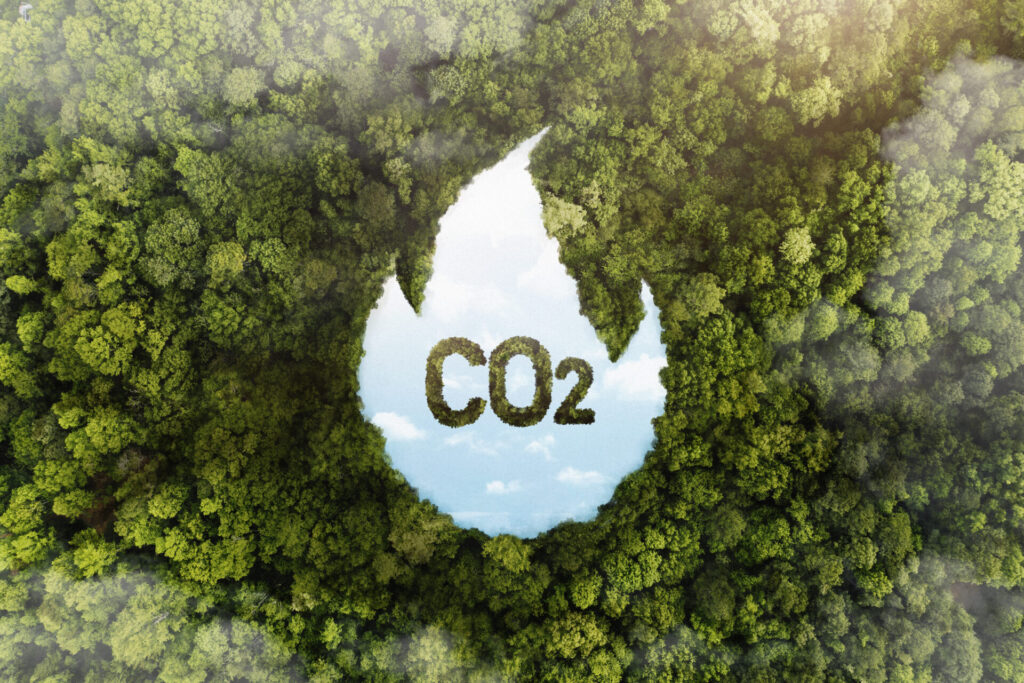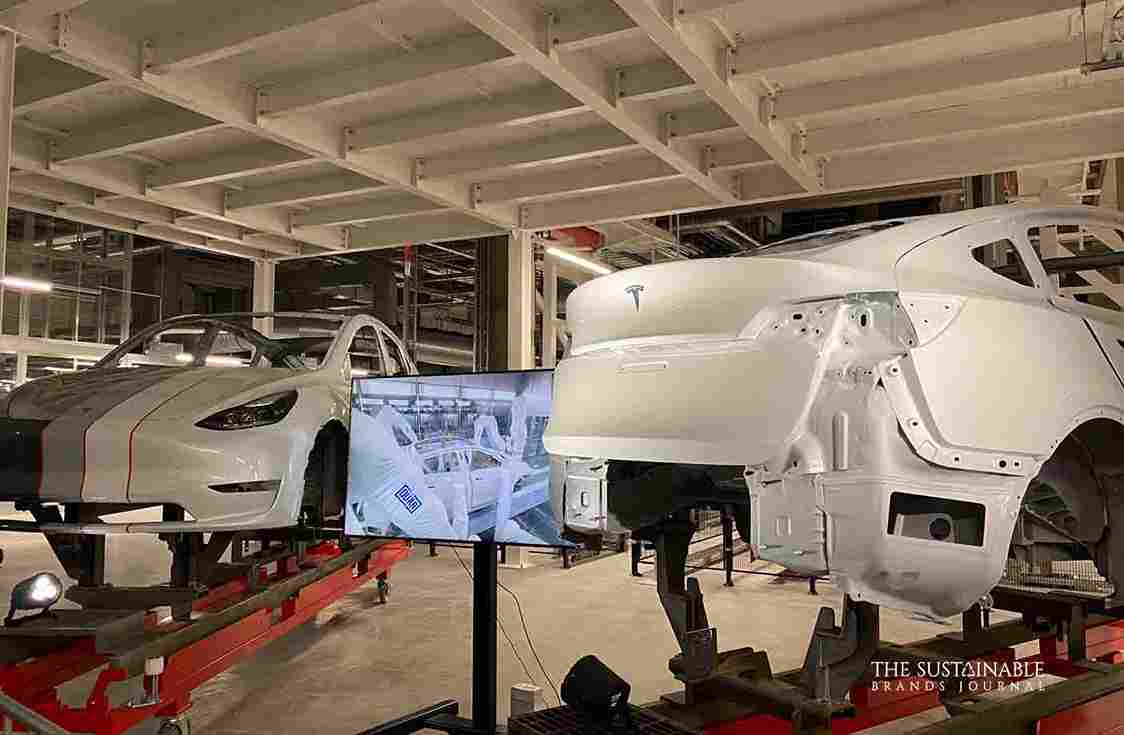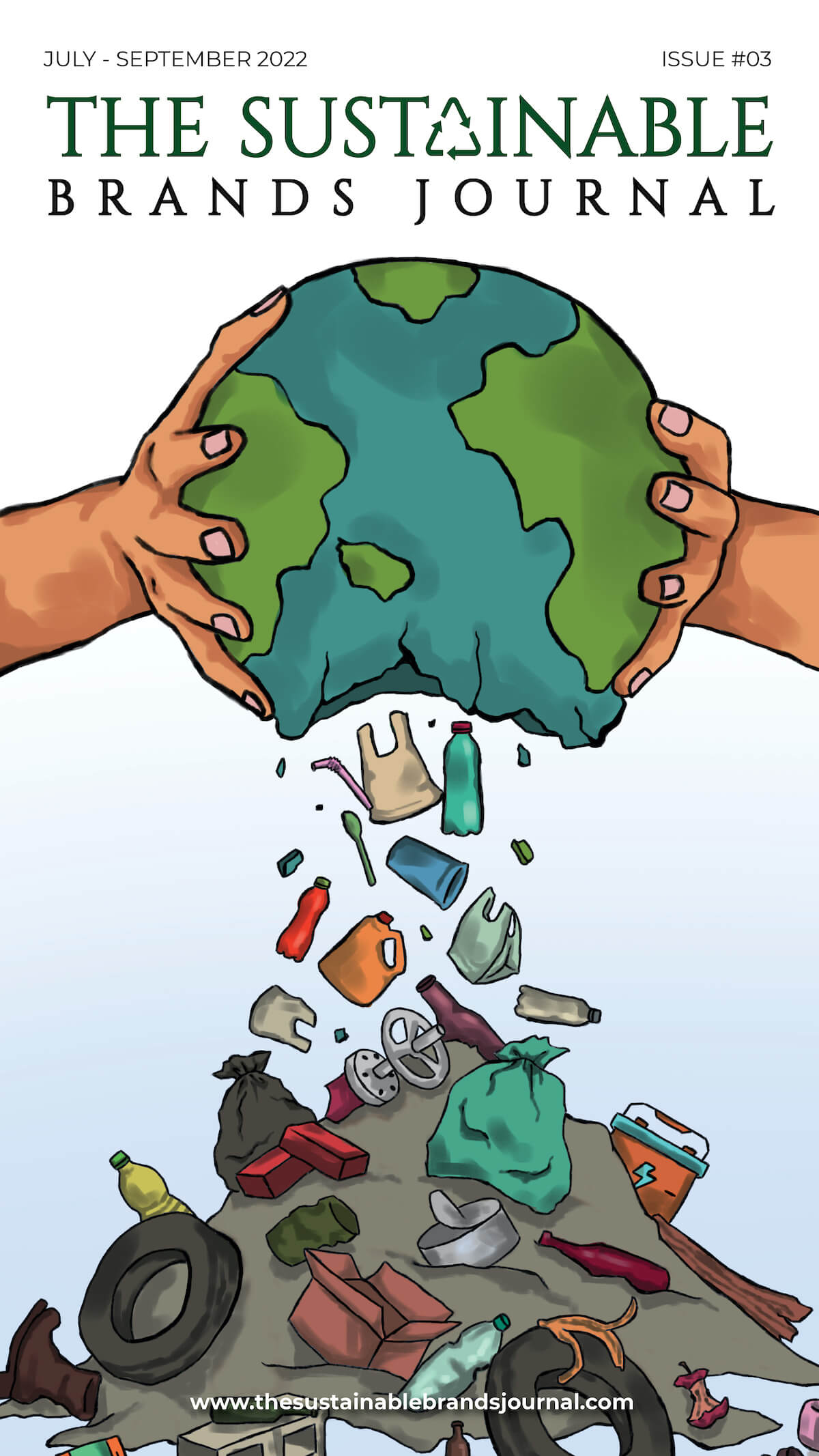
Aramco’s Innovative Carbon Capture Solution to Reduce Vehicular Emissions
The world is heading towards decarbonization, which is the process of reducing carbon dioxide and other GHG (Greenhouse Gas) emissions from the atmosphere. Saudi Aramco has come up with it’s initiative known as Mobile Carbon Capture (MCC) to address the global issues of carbon emissions. It is engineered in such a way so as to directly capture carbon dioxide emissions from the internal combustion engines of the vehicles.
Pioneering Role in Carbon Capture Technology – A Roadmap for Sustainable Transport
Can we capture and store carbon dioxide for various industrial applications?
Yes, Aramco has been at the forefront of developing carbon capture technologies since 2010, striving to enhance vehicular performance and reducing emissions.
Internal combustion engines have been powering vehicles for decades, however, their environmental impact has become a growing concern. Engines typically convert only 25-40% of fuel energy into propulsion, with the remainder lost as heat. Aramco’s interesting breakthrough energy recovery system captures this waste heat to fuel its CO2 capture, effectively tackling one of the key challenges of emissions reduction. The captured CO2 is then compressed, safely stored, and transported via truck or pipeline. Depending on local regulations and geological conditions, the CO2 can be sequestered underground or repurposed for various industrial applications. Additionally, Aramco is exploring technologies to convert CO2 back into fuels using renewable energy sources.

Evolution of Aramco’s Technology- from Small to Heavy Duty Vehicles
“Any sufficiently advanced technology is Equivalent to magic.” – Arthur C. Clarke
In 2011, post extensive research and development, Aramco successfully integrated its carbon capture system into a Ford F-250 pickup truck, achieving a CO2 capture rate of 10%. By 2013, Aramco transitioned to a potassium carbonate liquid solvent, which reduced the system’s size to one-eighth of its original configuration allowing most components to be installed beneath a Toyota Camry’s chassis, tripling the system’s efficiency and capturing 30% of the car’s CO2 emissions while in motion. Aramco focused on integrating this system into heavy-duty trucks. In 2019, they adapted their technology for a class 8 Volvo heavy-duty truck, utilizing the same principles as their passenger car prototype but accommodating a larger system situated between the cab and trailer. This new facilitated to recover energy from the engine, achieving a remarkable 40% CO2 capture rate.

Marine Transportation: A Challenge in Reducing Carbon Dioxide Emissions
Marine transportation contributes approximately 2.1% of global CO2 emissions. The International Maritime Organization (IMO) has set ambitious goals to reduce greenhouse gas emissions from ships by at least 50% by 2050 compared to 2008 levels. In response, Aramco has begun collaborating with industry partners to adapt its carbon capture technology for large vessels, further extending the reach of their innovative solutions.
Aramco’s Contribution to Carbon Neutral Future
Can Aramco continue to contribute towards these amazing advancements and help bring more sustainable and carbon neutral future?

Global warming is a growing concern and innovations of this sort is the need of an hour. Marine transportation including automotive and freight industries face increasing pressure to reduce their carbon footprints. Aramco is not only enhancing vehicular performance but also contributing to the global effort to combat climate change.
Subscribe to The Sustainable Brands Journal for more environmental news, stories, interviews, and updates.

Prachi, an accomplished Chief-Editor at The Sustainable Brands Journal, has 15+ years of experience in Europe, the Middle East, and India, managing 90+ global sustainable brands. She’s a prolific writer in sustainability, contributing to various publications. Prachi’s unwavering passion and expertise make her a recognized authority, driving positive change and inspiring a sustainable future.





